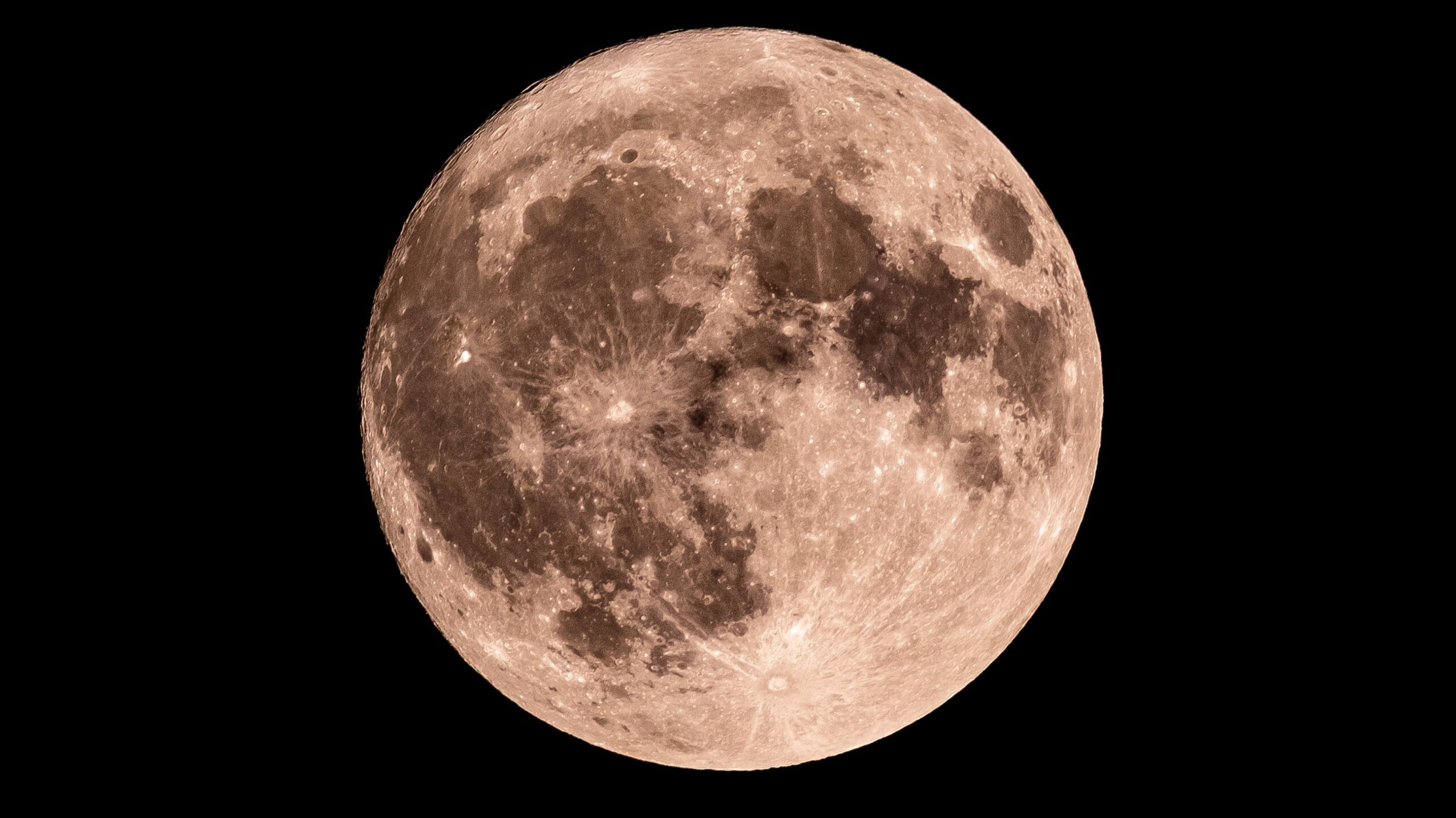Science
Waning Crescent Moon: What to Expect on October 17

Tonight, October 17, 2023, marks a significant stage in the lunar cycle as we approach the New Moon. Currently, the moon is in the Waning Crescent phase, with just 14% of its surface illuminated. As the moon transitions between Earth and the Sun, its visibility will continue to decline, making it increasingly difficult to observe.
According to NASA’s Daily Moon Observation, observers will have limited visibility tonight. The only feature discernible without any optical aid is the Aristarchus Plateau. For those equipped with binoculars, the Grimaldi Basin will also be visible, while a telescope will reveal Reiner Gamma, a distinctive lunar swirl on the moon’s surface.
Understanding Moon Phases
The moon follows a continuous cycle that lasts approximately 29.5 days as it orbits Earth. The changing positions of the Sun, Earth, and Moon relative to one another result in the various phases we observe. While the same side of the moon always faces Earth, the amount of sunlight reflected off its surface changes throughout the month.
The eight primary moon phases include:
– **New Moon**: The moon is positioned between Earth and the Sun, rendering it invisible.
– **Waxing Crescent**: A small section of light appears on the right side (in the Northern Hemisphere).
– **First Quarter**: Half of the moon is illuminated on the right, resembling a half-moon.
– **Waxing Gibbous**: More than half of the moon’s surface is lit, but it is not yet full.
– **Full Moon**: The entire face of the moon is illuminated and visible to observers.
– **Waning Gibbous**: The moon begins to lose light on the right side.
– **Third Quarter (or Last Quarter)**: Another half-moon phase, but the left side is now illuminated.
– **Waning Crescent**: A thin sliver of light remains on the left side before the moon becomes dark again.
Upcoming Lunar Events
After the Waning Crescent phase, the next full moon will occur on November 5, 2023. Lunar enthusiasts can anticipate viewing a fully illuminated moon, providing a stark contrast to the dim light of the current phase. As the moon continues its journey through the night sky, observers are encouraged to take advantage of the opportunity to explore its features while they can.
-

 Science3 weeks ago
Science3 weeks agoALMA Discovers Companion Orbiting Giant Red Star π 1 Gruis
-

 Top Stories2 months ago
Top Stories2 months agoNew ‘Star Trek: Voyager’ Game Demo Released, Players Test Limits
-

 Politics2 months ago
Politics2 months agoSEVENTEEN’s Mingyu Faces Backlash Over Alcohol Incident at Concert
-

 World2 months ago
World2 months agoGlobal Air Forces Ranked by Annual Defense Budgets in 2025
-

 World2 months ago
World2 months agoMass Production of F-35 Fighter Jet Drives Down Costs
-

 World2 months ago
World2 months agoElectrification Challenges Demand Advanced Multiphysics Modeling
-

 Business2 months ago
Business2 months agoGold Investment Surge: Top Mutual Funds and ETF Alternatives
-

 Science2 months ago
Science2 months agoTime Crystals Revolutionize Quantum Computing Potential
-

 Top Stories2 months ago
Top Stories2 months agoDirecTV to Launch AI-Driven Ads with User Likenesses in 2026
-

 Entertainment2 months ago
Entertainment2 months agoFreeport Art Gallery Transforms Waste into Creative Masterpieces
-

 Health2 months ago
Health2 months agoGavin Newsom Critiques Trump’s Health and National Guard Plans
-

 Business2 months ago
Business2 months agoUS Government Denies Coal Lease Bid, Impacting Industry Revival Efforts









